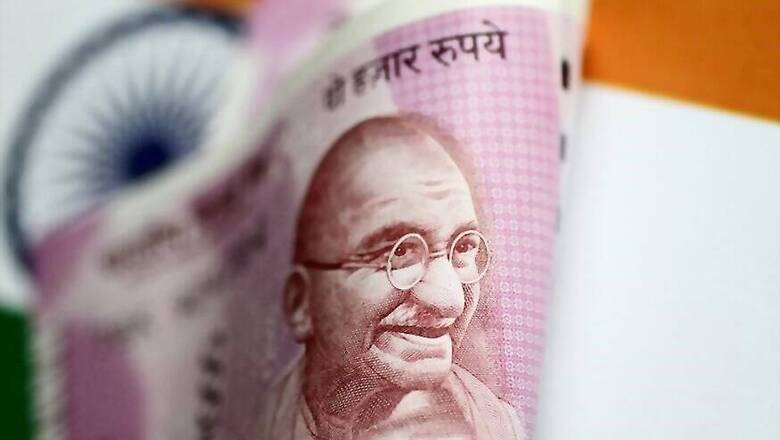
views
Mumbai: After betting strongly on Indian bonds last year, foreign investors are cutting their holdings as a tumbling rupee erodes their returns and economic risks cloud the outlook of a once-hot emerging market play.
With only three trading sessions left in March, foreign investors have sold a net $1.12 billion in Indian debt, the strongest monthly outflow since December 2016, and are now on the verge of turning net sellers for the year so far.
Overseas investors had previously proven remarkably resilient, helping support debt markets at a time when tumbling bond prices had spooked domestic players, with the benchmark 10-year yield up around 110 basis points since the end of July.
But a near 2 percent fall in the rupee this year is now starting to erode returns for foreign investors at a time when emerging markets continue to lose favour as rising U.S. interest rates narrow the yield differentials.
More problematically for India, foreign investors say outflows also reflect rising economic concerns.
Chief among those concerns is inflation, which has stayed above the Reserve Bank of India's 4 percent target for five consecutive months, feeding fears the central bank could hike its policy rate as early as this year.
Rising energy prices are widening India's trade and current account deficits, while the government has also loosened its fiscal deficit targets to finance increased spending ahead of general elections due by 2019.
Ashley Perrott, head of pan-Asia fixed income at UBS Asset Management in Singapore, is one cautious foreign investor holding back from adding investments.
"India has had a few negative aspects circling around, besides bonds and currency moves," he said.
"There are some signs sentiment is improving, but I expect we will wait to see if this increase in confidence and stability in the market continues over the next few weeks or months before deciding to add exposure."
This reduced confidence comes after foreign funds had bought $26.3 billion in Indian bonds in 2017, as a nearly 6 percent rise in the rupee helped deliver returns of around 7 percent, one of the highest in Asia.
Those flows had led foreign investors to use up almost all of the allocation of Indian government debt to foreign investors, which is capped at 5 percent of total outstanding securities, or around $40 billion.
But returns on Indian bonds have turned a negative 2 percent since the start of 2018, traders said, the second-worst performance for Asian bonds after the Philippines, as the weak rupee erodes returns.
The rupee has also turned more temperamental, with an overnight implied volatility of 6.6 percent, up from 4.9 percent at the same period last year, according to traders.
Such performance gauges are leading even long-time India bulls to seek opportunities elsewhere.
Kenneth Akintewe, head of Asian Sovereign Debt at Aberdeen Standard Investments in Singapore, says his team continues to be bullish on India, which remains a key overweight position, but are also looking at other opportunities around the region given the recent rise in market volatility.
"With higher volatility we have seen opportunities opening up elsewhere, such as Indonesia, Philippines and even China," he said.
"There have been markets that performed better like Thailand, which has seen strong currency performance, supported by its robust current account fundamentals."


















Comments
0 comment